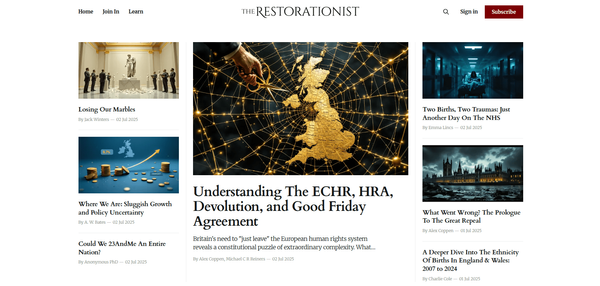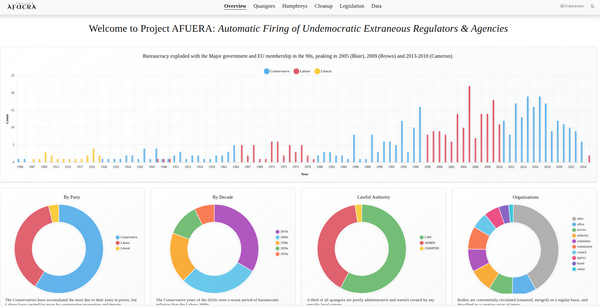Understanding How The Other Species Communicates: A Study For Life

Tucked away in Leigh Michaels' (LeAnn Lemberger's) excellent writers' guide, "On Writing Romance" (2007), is a fascinating snippet about male/female relations which wouldn't be amiss in the self-help section of your local bookstore. The concept of us being two different "species" is now so overplayed it's become a trope, but there are extremely important differences which cause enormous misunderstandings every single day which this tiny section makes clearer than the entire shelf of some people's living rooms.
The context of the chapter is in how writers should be more conscious of how they create dialogue so it's more realistic. It generalises somewhat, but as the research shows, although men and women overlap - i.e. are more similar than different - where the action occurs is at the extremes of the graph, which may be when we are in more pressurised situations. The other fascinating Nordic research describes how we actually become more different when the landscape becomes increasingly equal (see: https://science.sciencemag.org/content/362/6412/eaas9899).
The most incontrovertible evidence of sex difference is found in newborn infants, whom doctors have shown converse photographs of "things" (objects) and faces. Consistently, although both sexes respond to human faces, the female infants respond more vigorously to them (perhaps advantageously), and the male babies inversely respond to the objects and "things" which is reflected in later life (see: https://www.ncbi.nlm.nih.gov/pmc/articles/PMC2663531/)
Note: an entire choir of childless imposter "academics" versed in Critical Theory are radicalised of the idea that sex difference is "oppressive" and desperately on a mission to eradicate the thought from public opinion with bonkers theories about the exclusivity of nuture. "Social science" is not science. It is safe to entirely ignore these people in favour of observable evidence. If they had their way, we'd all dress like Maoist Red Guards or North Korean shopkeepers.
Over to Michaels, who is describing the conceptual contrast between status and intimacy.
In general, men approach conversation with an eye toward maintaining status and independence, reporting or obtaining information, and solving problems. Women seek to establish intimacy and rapport, share feelings, and build relationships.
Women ask questions to encourage interaction; men usually ask questions to get specific information. Men make more statements; women ask more questions.
Men say "I'm sorry" as an apology for a wrong they've done; women say "I'm sorry" to indicate regret or sympathy or concern over a situation, whether or not they played any part in causing it. Men rarely say "I don't know," and they seldom phrase ideas as questions, as in "Have you thought of ...?"
Men tend to make decisions, while women try to create consensus. Men tend to make demands, but women tend to express preferences, and women are more likely to volunteer their reasons for those preferences.
Men use shorter and fewer sentences; women use longer, more complex sentences and string more of them together. Men say something is blue; women say it's robin's-egg blue, or navy, or teal.
Men talk about actions or things; women talk about feelings. Men make declarations; women, even when they make a statement, tend to follow it up with a question. "Pizza is the best food on earth, don't you think?" is a feminine sentence.
Women tend to phrase a preference or request as a question and then become annoyed at a negative response. When she says "Would you like to go out for dinner?" she really means she has no intention of cooking tonight. If her husband then answers the question he thought she was asking and says no, he's going to be in the doghouse—and completely confused about how he got there.
Women tend to use euphemisms; men seldom do. A woman might say "I'm not at all pleased." A man is more likely to say "I'm mad as hell." Women are likely to express sympathy directly, men to joke or use playful put downs.
It then continues to provide advice for writers of each gender, which is applicable almost in any situation outside the creative arts.
If you're a woman:
• Check for questions. Men tend to request specific information, rather than ask rhetorical questions. If your hero's questions can't be answered with a brief response, can you rephrase them? Instead of asking questions at all, can he make statements?
• Check for explanations. Men tend to resist explaining; they generally don't volunteer justification for what they do. If you need him to explain, can you give a reason why he must?
• Check for feelings. Men tend to share feelings only if stressed or forced; they're more likely to show anger than any other emotion. They generally don't volunteer feelings. If you need your hero to spill how he's feeling, can you make it more painful for him to not talk than to share his emotions?
• Check for details. Men tend not to pay close attention to details; they don't usually notice expressions or body language; they stick to basics when describing colors and styles. Can you scale back the level of detail?
• Check for abstractions. Men tend to avoid euphemisms, understatements, comparisons, and metaphors. Can you rephrase your hero's dialogue in concrete terms?
• Check for approval-seeking behavior. Men tend to be direct rather than ask for validation or approval. Can you make your hero's comments less dependent on what the other person's reaction might be?
And if you're a man
• Check for advice. Women tend to sympathize and share experiences rather than give advice. Can you add empathy to your character's reactions and have her talk about similar things that happened to her, rather than tell someone what he should do?
• Check for bragging. Women tend to talk about their accomplishments and themselves in a self-deprecating fashion rather than a boastful one. Can you rephrase her comments in order to make her laugh at herself?
• Check for aggressiveness. Women tend to be indirect and manipulative; even an assertive woman usually considers the effect her statement is likely to have before she makes it. Can you add questions to her dialogue, or add approval-seeking comments and suggestions that masquerade as questions?
• Check for details. Women notice styles; they know what colors go together (and which don't); and they know the right words to describe fashions, colors, and designs. Can you ramp up the level of specific detail?
• Check for emotions. Women tend to bubble over with emotion, with the exception that they're generally hesitant to express anger and tend to do so in a passive or euphemistic manner. If you need your heroine to be angry, can you give her a really good reason for yelling?
• Check for obliviousness. Women notice and interpret facial expressions and body language, and they maintain eye contact. If you need your female character to not notice how others are acting, can you give her a good reason for being detached?
It's unclear whether Michaels ever made it into the self-help section - the writer used a pseudonym, after all - but if she hasn't, the world has lost a highly articulate peacemaker for the battle of the sexes.
Some other important notes for writers: no, gender is not a separate unrelated thing from biological sex; no, gender differences are not "oppressive" or "bad"; nor is it a "spectrum"; an "identity", or "fluid". This is not the "correct" academic view of anything.




